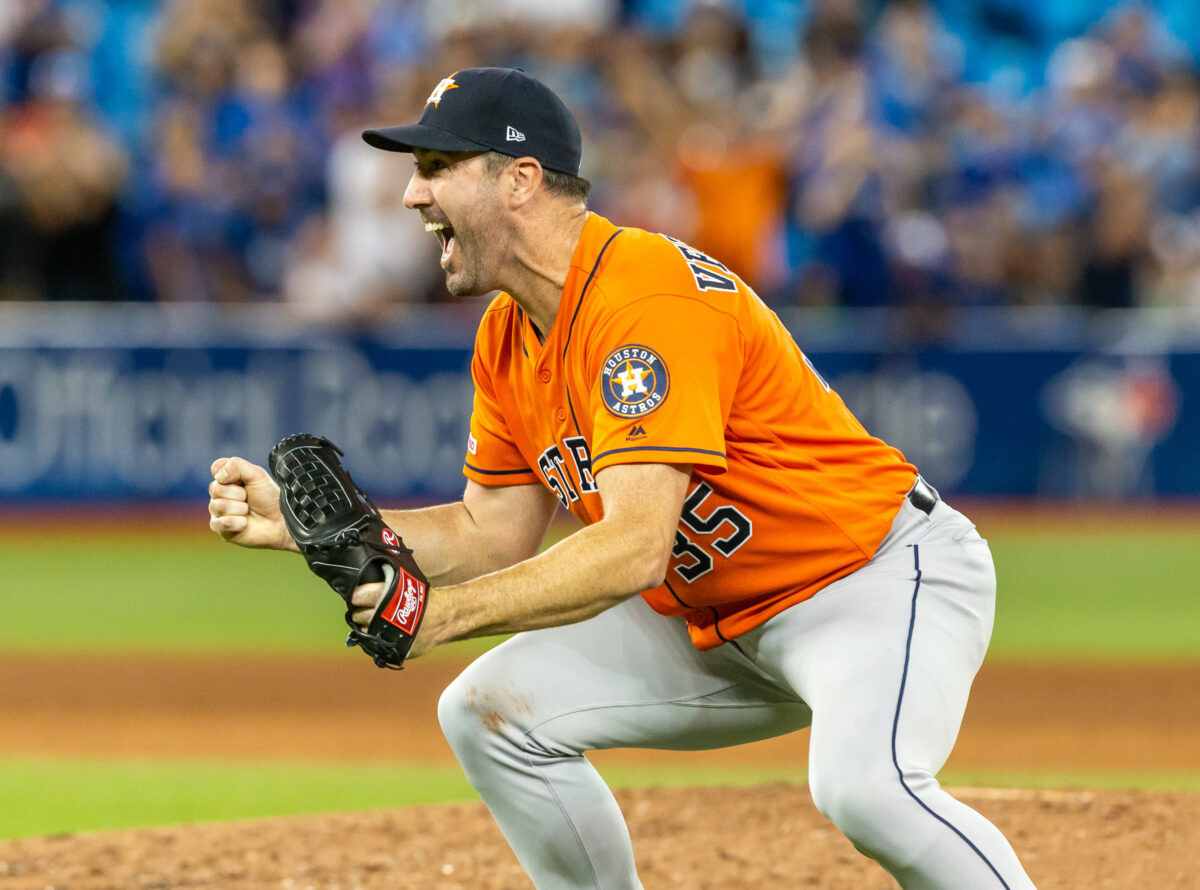The thing about undergoing Tommy John surgery is that rarely do players come back significantly better than they were before. That’s hardly the main objective of the procedure.
The point of ulnar collateral ligament reconstruction is not to improve a pitcher’s arm, but to get it as close back to its natural state as possible — often times using a tendon taken from a patient’s leg or, in cases where that isn’t feasible, using one from a cadaver.
Then the body has to accept it. The player has to learn how to use their arm again from scratch with months of grueling physical therapy. And nothing about the process is at all guaranteed despite how “routine” an average fan would like to believe.
As he told Jeff Passan in the 2016 book The Arm, Dr. Orr Limpisvasti, a surgeon at the Kerlan-Jobe Institute in Los Angeles reminds his patients of that fact each time before he performs the operation:
“Just so you know, I’m going to fix your arm so you can destroy it again. And this light bulb goes off. Here’s what we know: Throwing is bad for your arm. You’re good at it and love doing it. And you tore your God-given UCL, probably the best one you’ll ever have by a long shot, and if we put a new one in, you’re refurbishing it so you can do the exact same thing that you did before.”
Here are two other facts we know for certain:
- The biggest risk factor for future injury is previous injury
- Player performance will decline as athletes get older
We are now inching ever closer towards adding an exception to those three rules: “Unless your name is Justin Verlander.”
